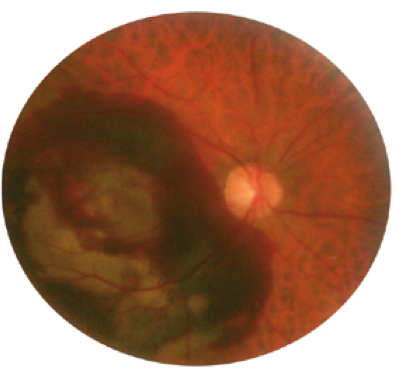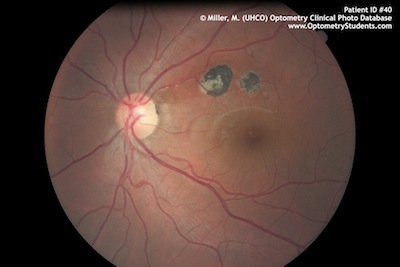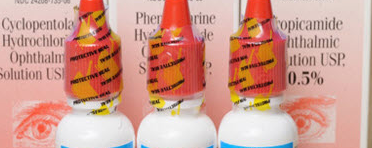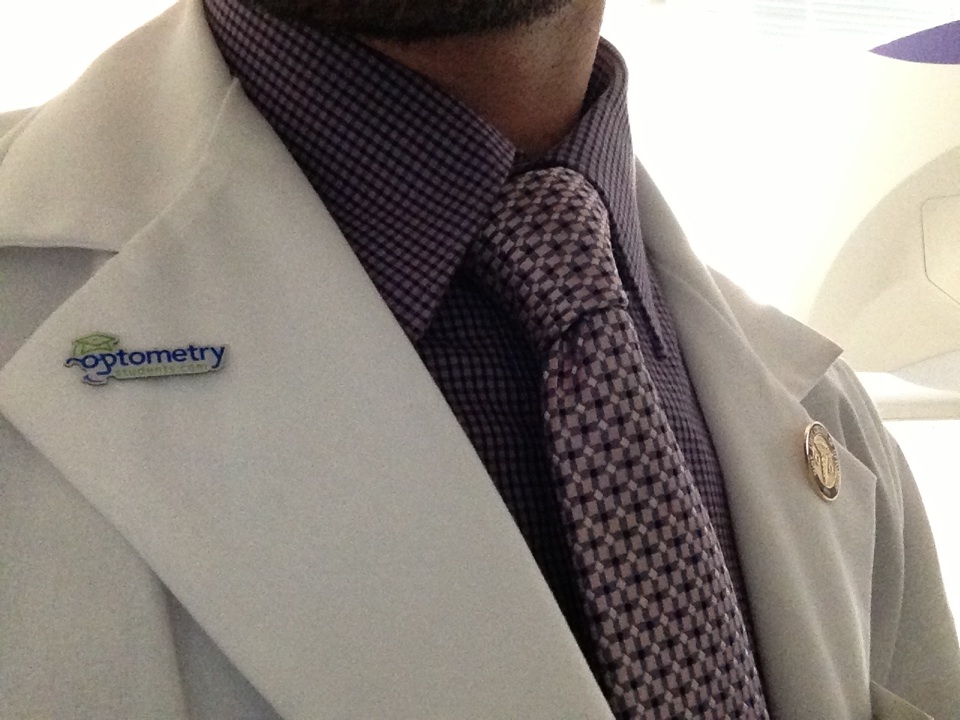4 Most Common Retinal Hemes You’ll Find: Location and Etiology
Retinal hemorrhages are often hallmarks of many ocular and/or systemic diseases. Thus, finding them in asymptomatic patients during comprehensive eye exams may require further evaluation to determine the principle cause. It is crucial to identify and classify various types of hemorrhages because optometric management is influenced by the underlying etiology. The following are the most […]
4 Most Common Retinal Hemes You’ll Find: Location and Etiology Read More »







